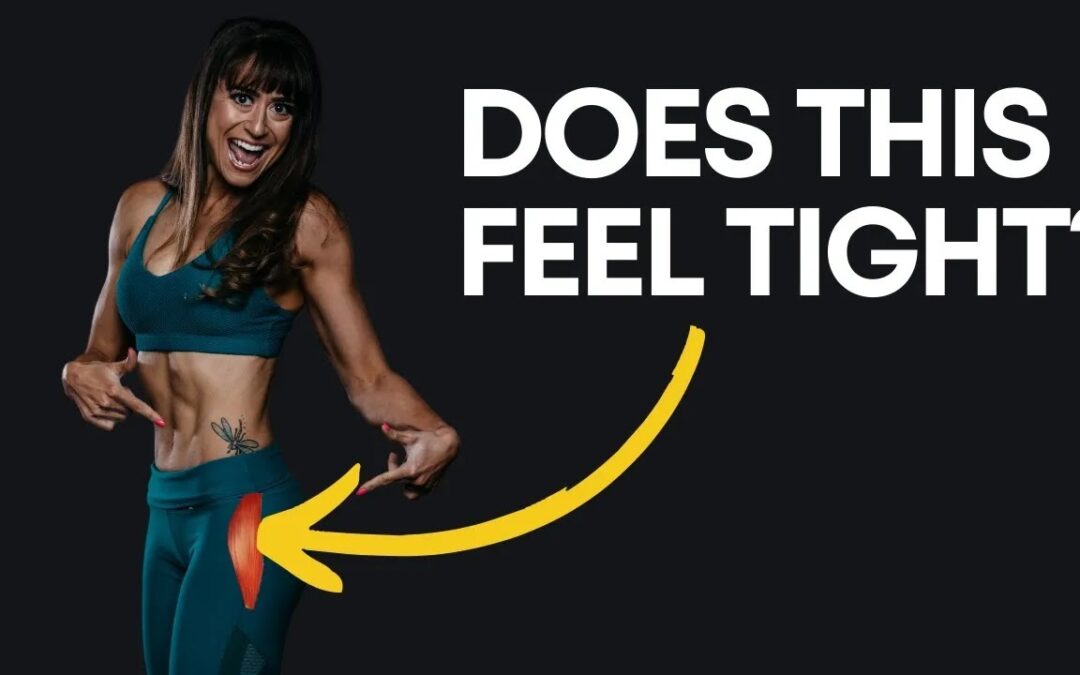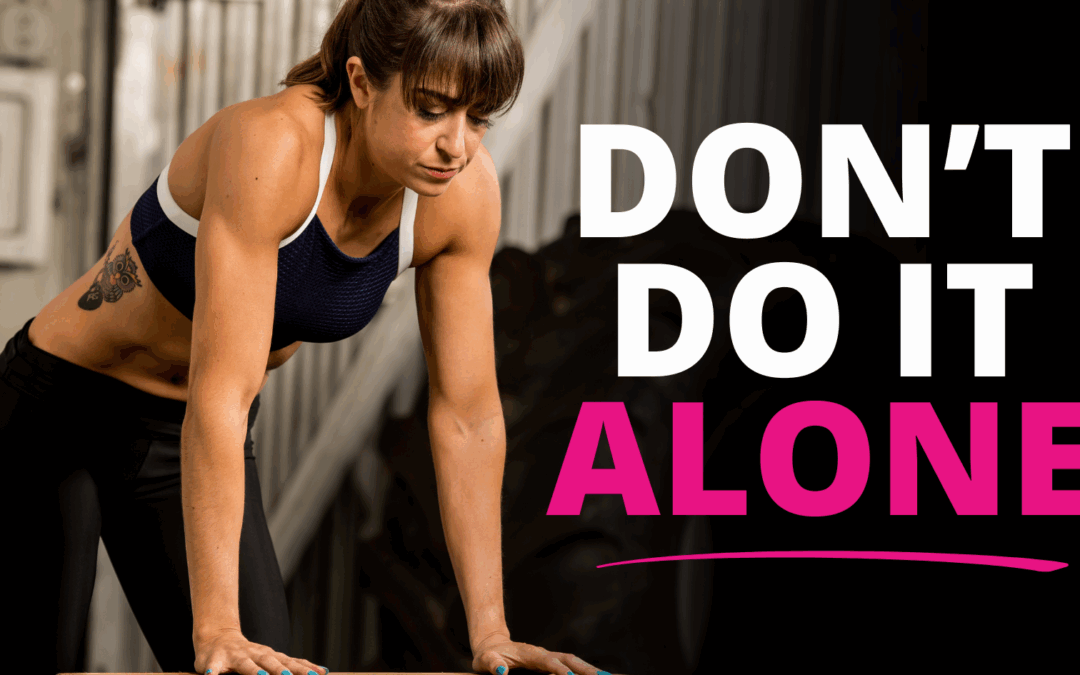
by Cori Lefkowith | Jun 1, 2025 | Blog, Diet
“Do you stay this lean year around?” I’ve gotten asked this question and I want to set the record straight… Yes and no. Like any person, my motivation, my goals, my schedule and life all evolve. So there is an ebb and flow. You can see in my videos shifts leaner and...

by Cori Lefkowith | May 29, 2025 | podcast
Listen: Change Requires CHANGE If you’re feeling stuck and know deep down that you could be doing better, don’t wait any longer. Your life is not going to change until you take action and make a bold move towards your goals. If you’re ready to take control of your...

by Cori Lefkowith | May 25, 2025 | Blog, Core, Exercises, Foam Rolling, Pain Relief
There’s just this nagging pain you can’t seem to get rid of. Maybe it’s your lower back. Your hip. Or even your knee or your ankle that feels off. You’ve stretched. You’ve strengthened. You’ve rested even. But the issue never really goes away. It keeps...

by Cori Lefkowith | May 22, 2025 | podcast
Listen: Change Requires CHANGE If you’re feeling stuck and know deep down that you could be doing better, don’t wait any longer. Your life is not going to change until you take action and make a bold move towards your goals. If you’re ready to take control of your...

by Cori Lefkowith | May 18, 2025 | Blog, Diet, Exercises, Mindset
Most of us don’t just want to lose weight – we want to lose fat. We want to look leaner, more toned, more defined. We want to fit back into our skinny jeans or that dress in the back of the closet we can’t bring ourselves to give away because we desperately want...






